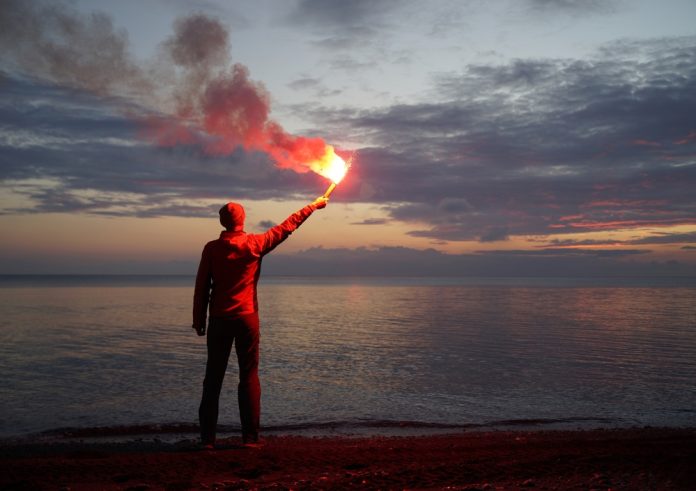When disaster strikes in the great outdoors—whether you’re lost on a trail, stranded after vehicle failure, or injured far from help—your ability to signal for rescue can mean the difference between a timely recovery and a prolonged ordeal.
Emergency signaling is more than just waving your arms or yelling into the void. It involves using tools, techniques, and knowledge to get noticed quickly by rescuers or passersby, even in the most remote environments. When every minute matters, knowing how to make yourself seen or heard can save your life.
In this article, we’ll break down the essential methods of emergency signaling, from traditional tools like whistles and mirrors to high-tech solutions such as satellite messengers and personal locator beacons. If you’re serious about outdoor adventure or off-grid travel, mastering these life-saving techniques ensures you’re not just surviving,but ready to be found fast when it truly counts.
Table of Contents
- Phone Home
- Traditional Emergency Signaling Equipment
- Signaling with Sound
- Signal Flares and Strobe Lights
- Two-Way Radios
- Directional Signals
- Combine Your Options
Phone Home
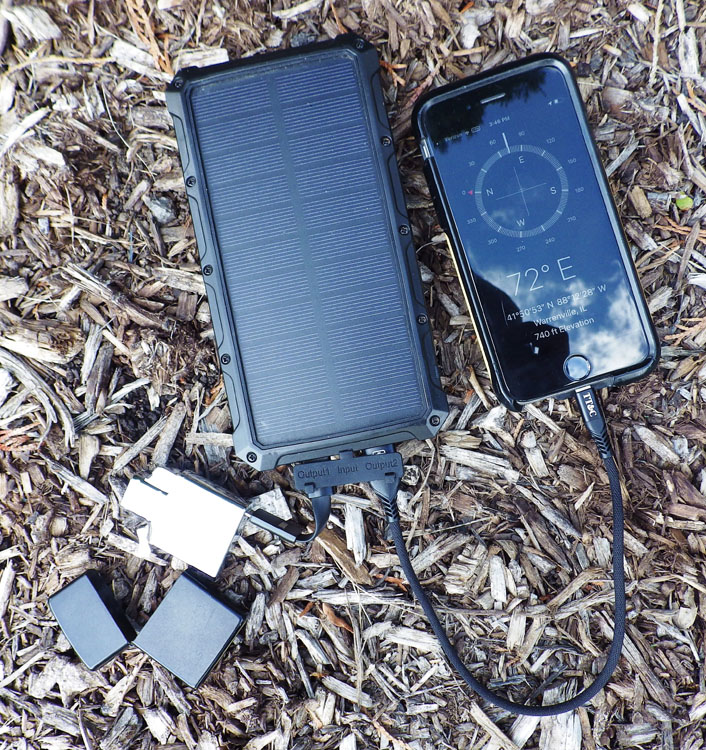
Here’s the telegram: phone home.
Most of us have wireless mobile devices, and the simplest way to get out of trouble in the wilderness is to call for help. But that makes two assumptions. One, it assumes you have a way to recharge your phone. Most vehicles have USB ports for recharging from the vehicle’s battery, but there are also portable solar power banks that will quickly and endlessly recharge a phone.
A portable solar power bank makes a lot of sense, and it can recharge your phone and even an electronic lighter using only daily sunlight.
There’s also a question of signal strength. Remote areas are notorious for low signal strength, but you can attach a small antenna to the back of your phone that may allow you to reach farther. No guarantees.
When all else fails, you have to default to old-fashioned signaling. Spelling out the word “HELP” on the ground is a good place to start, but that assumes someone in a plane is paying attention or actively looking for you.
If you are in trouble and notice a plane or vehicle in the distance, just waving your arms can indicate you need their attention and their help.
Keep Reading: Building the Perfect Overland Emergency Kit
Traditional Emergency Signaling Equipment
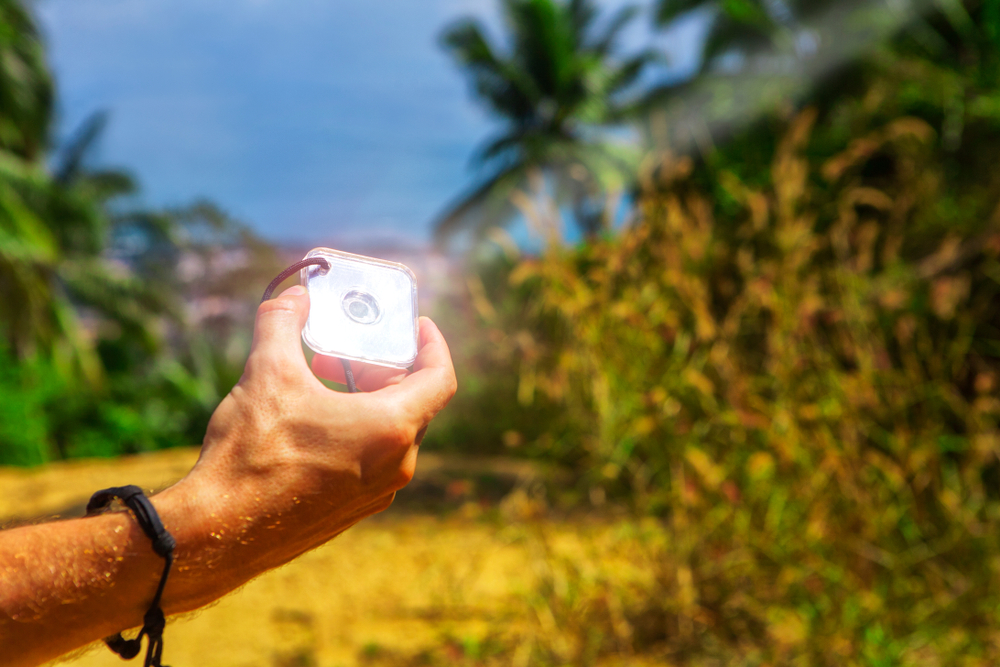
Photo by Asmiana via Shutterstock
This is simple. It’s all about either a signal mirror or a flashlight. It also assumes you can see someone you’re trying to signal, whether it’s a plane or helicopter flying overhead, or a vehicle or individual in the distance. Signal mirrors obviously work best during a sunny day, and a flashlight works best at night.
If you’re stranded in a vehicle, your headlights could make for an excellent signaling option. Turn on the brights and signal an S-O-S. You can’t know if someone will see it, but it’s worth pursuing all options in an emergency. Just don’t forget to run the engine now and again to keep the vehicle battery charged so the lights continue to work.
Understanding the basis S-O-S signal of 3 dots followed by 3 dashes and 3 dots is a standard distress signal. You could even master the entire Morse code, but that assumes anyone who sees your signal can understand it as well.
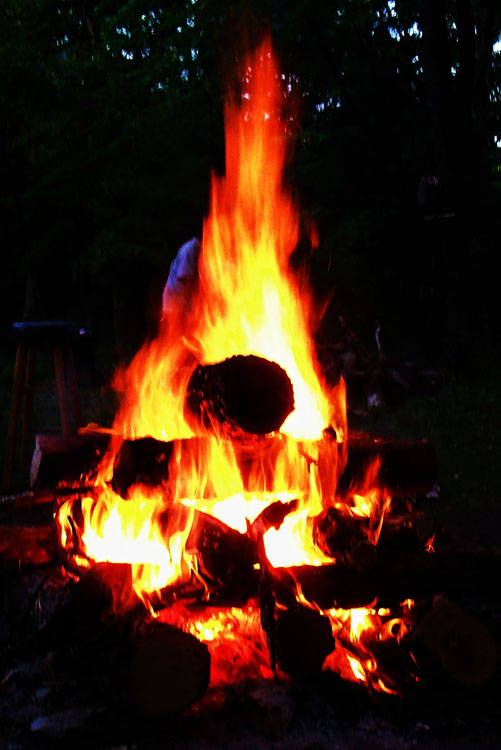
A fire is another potential signal, but fires are often taken for granted as just another campfire or family get-together in the woods. That’s why a signal mirror or a flashing flashlight might get more attention. It’s a bit unusual to see a mirror continually reflecting at you or a repeated beam from a flashlight or car headlights at night.
Check out this guide to learn how to make a fire in harsh conditions.
Signaling with Sound
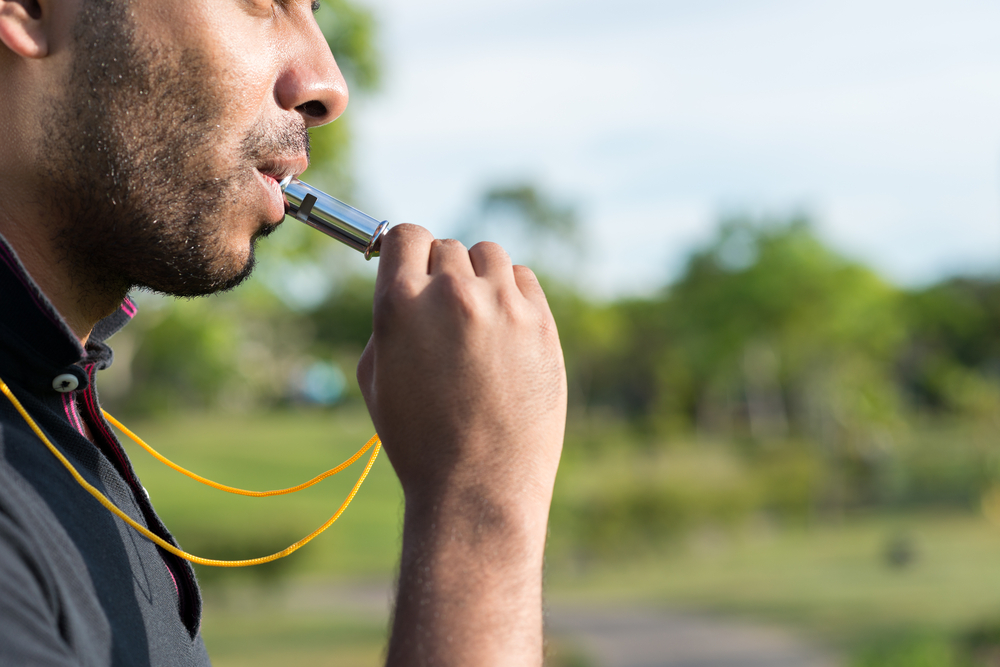
Photo by Dragon Images via Shutterstock
This could be as simple as shouting “help,” but a car horn, an air horn, even the ancient idea of beating on a hollow log with a branch can get someone’s attention, and that’s what signaling is all about. Repetition is the key. If someone hears a repetitive sound over a period of time, curiosity may finally enter the equation, especially if they’re looking for you.
Another emergency signaling option for sound is as simple as a whistle. There are actually whistles designed for survival signaling that are high-pitched. Repeatedly blowing the whistle is easier than calling for help and reaches further. Here again, there are no guarantees that someone will immediately recognize that a whistle is a call for help, but repetition and especially a repeated S-O-S blown on a whistle can eventually cause someone to investigate the source, especially if they’re looking for you.
Signal Flares and Strobe Lights
Signal flares are the go-to distress signal, but unfortunately, they can often be mistaken for random fireworks when launched into the air. A handheld flare waved over your head is a better indication of an emergency, but once again, it assumes someone is watching. If you do have signal flares, don’t arbitrarily use them. Wait for the sound of a plane, helicopter, vehicle, or any other audible activity before lighting them up. You could have the brightest flare on the planet, but it’s meaningless if no one sees it.
There are also portable strobe lights that can be placed on the roof of a vehicle or behind a windshield to signal a need for help. Some are preprogrammed with an S-O-S flash, a repeated flash, or a flicker. Most use a small bank of LED lights that draw little power, and some are solar recharged or can run off a car battery or small batteries inside. Some solar power blanks also have these signaling options built in.
Keep Reading: Overlanding Survival Skills: How to Handle Emergencies in Remote Areas
Two-Way Radios
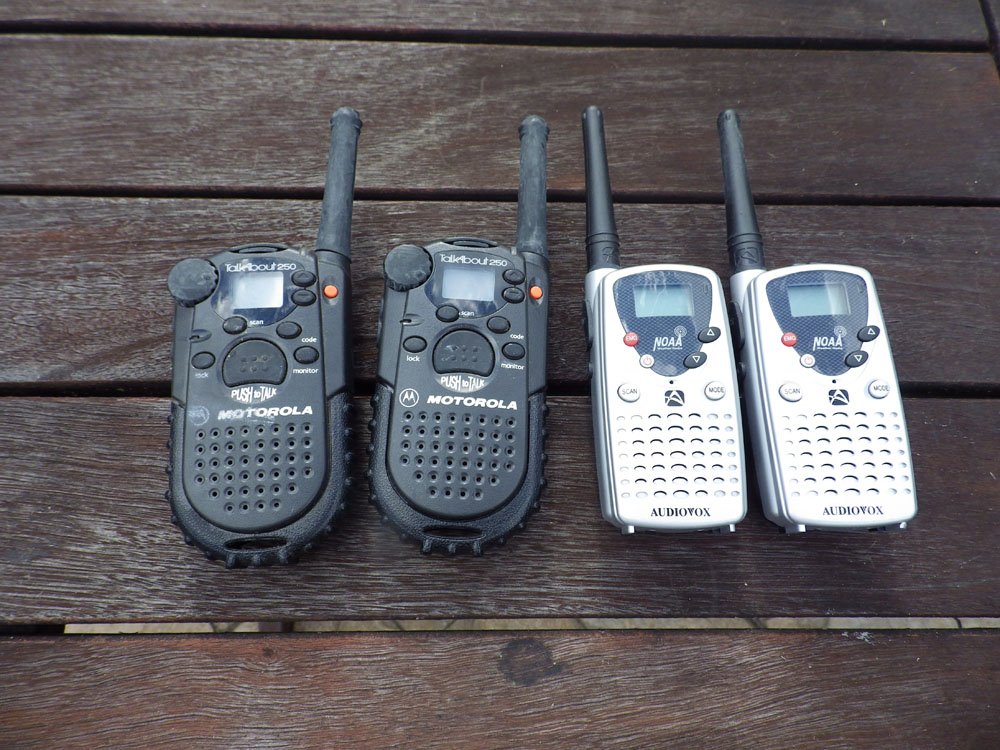
Whether traditional CB radios or handheld Walkie-Talkies, two-way radios are another signaling option when in distress; it once again assumes someone is listening, but channel 14 on CBs is usually being monitored by someone, especially truckers. If you can alert anyone to your situation, there’s a good chance they may be able to find you or at least alert authorities to your situation.
A handheld HAM radio is another good option. It requires a license but is the go-to emergency communication choice worldwide.
Directional Signals
If you’re hiking out of a wilderness survival situation, you can give people clues to where you are headed and your situation. Large arrows on the ground made with logs pointing in the direction you are traveling is one place to start. And while you’re at it, attaching a note describing your situation, date, condition, and direction might be a good idea as well. The note will eventually degrade in the wind and rain, but why not? You could even spell out your initials with branches next to your arrow.
Keep Reading: Finding and Purifying Water When Supplies Run Low
Emergency Beacons
![]()
Photo by orso bianco via Shutterstock
Emergency beacons, also known as personal locator beacons (PLBs), are specifically designed to send out a powerful distress signal via satellite. There’s a global network of rescue agencies, and they even work in areas where cell phone coverage is limited or non-existent. If you’re heading out into serious wilderness, it’s a really good idea to have a PLB. It also makes sense if you’re traveling with someone with a chronic medical condition who may need immediate care in a remote emergency. They are usually registered with federal databases like NOAA, granting emergency personnel access to vital information. Don’t leave home without one if you’re traveling into extreme territories.
Combine Your Options
If you are traveling overland to a remote destination, it makes sense to pack multiple signaling options. Make sure you have your cell phone, a way to recharge it either with your vehicle’s battery or a solar power bank, and consider backups like signal flares, a flashing strobe, and even an old CB radio. They’re all relatively inexpensive and can add to your signaling options in an emergency. And while you’re at it, remember that anything metallic or reflective can be used as a signal mirror, even if it means tearing the rear-view mirror out of your vehicle to reflect the sun and signal for help.
Hero Photo by StockVisual via Shutterstock




